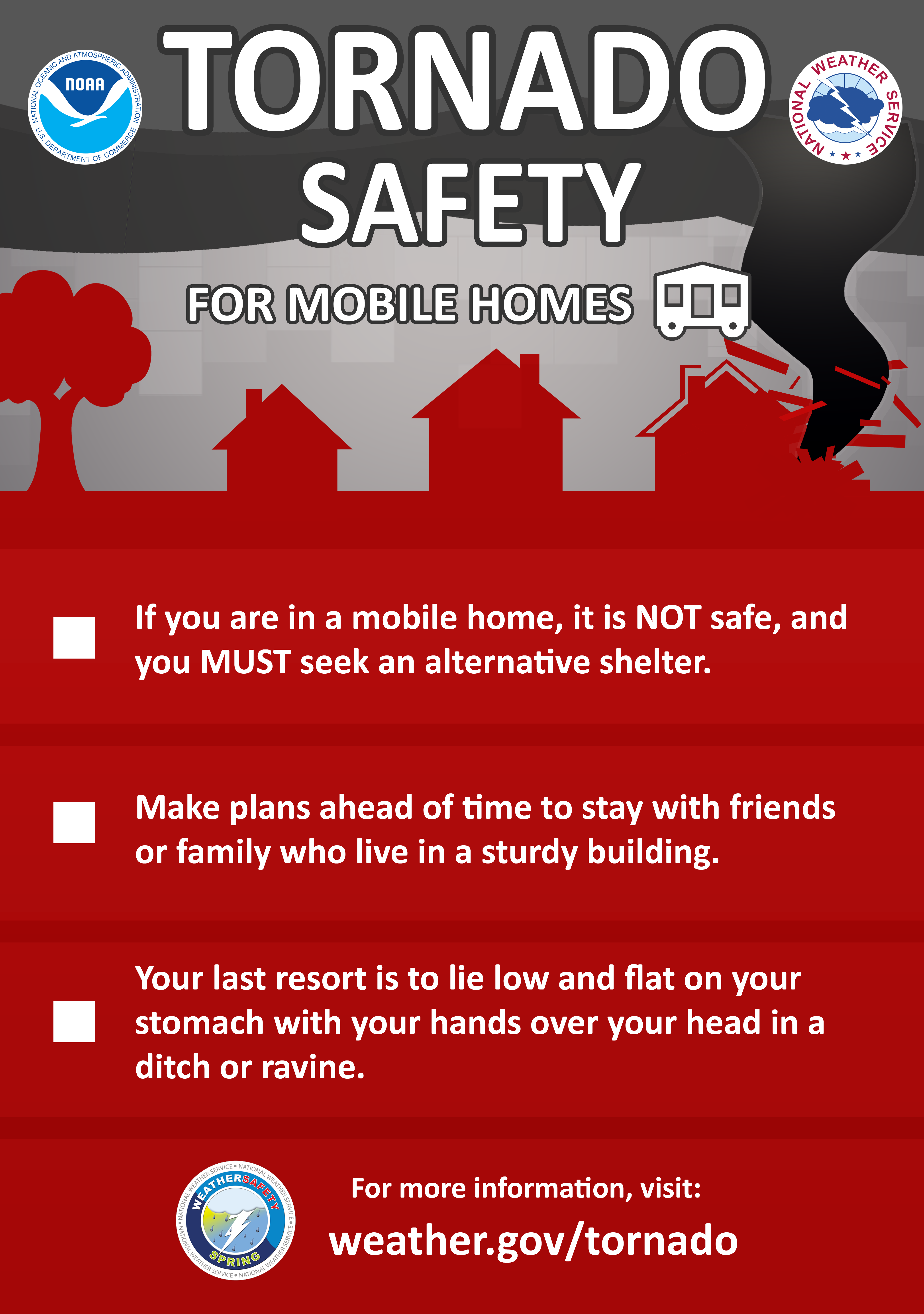Severe Weather Awareness Week Day 5: Staying Safe During Floods

Table of Contents
Understanding Flood Risks
Knowing your flood risk is the first step towards staying safe. Floods aren't a single event; they come in various forms. Understanding these differences is crucial for effective preparedness.
- Riverine Floods: These occur when rivers and streams overflow their banks due to prolonged heavy rainfall or rapid snowmelt. These floods often develop slowly, giving more time for preparation.
- Flash Floods: These are sudden, rapid floods that occur in a short period, often with little to no warning. They are particularly dangerous due to their speed and unexpected nature. Flash flood warnings should be heeded immediately.
- Coastal Floods: These are caused by high tides, storm surges, or tsunamis, often exacerbated by severe weather events like hurricanes. Coastal areas with low-lying land are especially vulnerable.
Floodplains, areas adjacent to rivers and streams prone to flooding, present significant risks. Familiarize yourself with your local floodplain maps. You can find these valuable resources through the Federal Emergency Management Agency (FEMA) website, which provides detailed flood risk information for your specific location.
- Identify areas prone to flooding in your community. Pay close attention to low-lying areas, near bodies of water.
- Understand your personal risk based on location and surroundings. Are you in a floodplain? Is your home elevated?
- Learn about historical flood data for your region. This can help you gauge the frequency and severity of past floods in your area.
Preparing for a Flood
Proactive planning is essential for staying safe during floods. Developing a comprehensive family emergency plan and assembling a flood emergency kit are critical steps.
Creating a family emergency plan involves designating a meeting place outside your home, establishing communication channels (e.g., out-of-state contact), and identifying evacuation routes and shelters. Flood insurance, although often overlooked, is a crucial investment to protect your financial well-being in the event of a flood.
Your flood emergency kit should include:
-
Water (one gallon per person per day for several days)
-
Non-perishable food (easy-to-prepare items)
-
First-aid kit and essential medications
-
Flashlight and extra batteries
-
Battery-powered radio
-
Waterproof bags for essential documents (insurance policies, IDs)
-
Cell phone charger
-
Whistle
-
Develop a communication plan with family members. Ensure everyone knows the designated meeting place and contact information.
-
Pack essential documents and medications in waterproof containers. Protect important papers and health records.
-
Identify safe evacuation routes and shelters. Know where to go if you need to evacuate.
-
Know how to turn off utilities. This can help prevent further damage and hazards.
Actions to Take During a Flood
During a flood, heeding warnings and taking immediate action are paramount. Monitor weather reports closely and follow any evacuation orders promptly. Never attempt to drive or walk through floodwaters; even seemingly shallow water can conceal dangerous currents and debris.
If evacuation isn't possible, move to the highest level of your home. Stay away from windows and doors on the lower floors. Be aware of the dangers of floodwaters:
-
Electrical hazards: Downed power lines are extremely dangerous.
-
Debris: Flooding often carries sharp objects and debris.
-
Contaminated water: Floodwater often contains sewage and harmful bacteria.
-
Monitor weather reports and heed evacuation orders immediately. Early action is crucial.
-
Never drive or walk through floodwaters. The risks are far too great.
-
Stay away from downed power lines. These pose a serious electrocution risk.
-
Avoid contact with floodwater, as it may be contaminated. This can lead to illness.
Post-Flood Safety and Recovery
After the floodwaters recede, returning home requires caution. Always check for structural damage before entering your home. Floodwaters can weaken foundations and cause significant damage.
Cleaning up requires safety precautions. Wear protective gear (gloves, masks) to prevent exposure to contaminants and debris. Mold and mildew can quickly grow in damp conditions, presenting health risks. Report any damages to your insurance provider and explore available government aid programs.
- Check for structural damage before entering your home. Ensure it’s safe to enter.
- Use caution when cleaning up flood debris. Wear appropriate safety gear.
- Contact your insurance provider to report damages. Start the claims process.
- Be aware of the potential for mold and mildew growth. Take steps to mitigate this risk.
Conclusion:
Staying safe during floods involves proactive preparation, swift action during the event, and careful recovery afterward. Understanding flood risks, creating a comprehensive emergency plan, and assembling a flood emergency kit are crucial steps. Remember to heed warnings, avoid floodwaters, and prioritize safety during and after the flood. Learn more about flood safety and create your flood emergency plan today. Share this vital information with your community to ensure everyone knows how to stay safe during floods and improve their flood preparedness.

Featured Posts
-
 Shop Owner Stabbed To Death Previously Bailed Teenager Arrested
May 25, 2025
Shop Owner Stabbed To Death Previously Bailed Teenager Arrested
May 25, 2025 -
 Urgent Flood Warning Protecting Yourself And Your Property Nws
May 25, 2025
Urgent Flood Warning Protecting Yourself And Your Property Nws
May 25, 2025 -
 Escape To The Country Nicki Chapmans Profitable Property Investment
May 25, 2025
Escape To The Country Nicki Chapmans Profitable Property Investment
May 25, 2025 -
 Philips Future Health Index 2025 Urgent Call To Action On Ai In Healthcare
May 25, 2025
Philips Future Health Index 2025 Urgent Call To Action On Ai In Healthcare
May 25, 2025 -
 Trade Tensions Unresolved Tariffs Omitted From G7 Final Statement
May 25, 2025
Trade Tensions Unresolved Tariffs Omitted From G7 Final Statement
May 25, 2025
Latest Posts
-
 Queen Wens Second Parisian Court Observations And Analysis
May 25, 2025
Queen Wens Second Parisian Court Observations And Analysis
May 25, 2025 -
 Uefa Arda Gueler Ve Real Madrid E Sorusturma Acti Detaylar
May 25, 2025
Uefa Arda Gueler Ve Real Madrid E Sorusturma Acti Detaylar
May 25, 2025 -
 Queen Wens Second Parisian Court Details And Impact
May 25, 2025
Queen Wens Second Parisian Court Details And Impact
May 25, 2025 -
 Hakem Karariyla Atletico Madrid In Espanyol Kaybi
May 25, 2025
Hakem Karariyla Atletico Madrid In Espanyol Kaybi
May 25, 2025 -
 Wta Rome Zheng Triumphs Over Sabalenka Gauff Next
May 25, 2025
Wta Rome Zheng Triumphs Over Sabalenka Gauff Next
May 25, 2025
